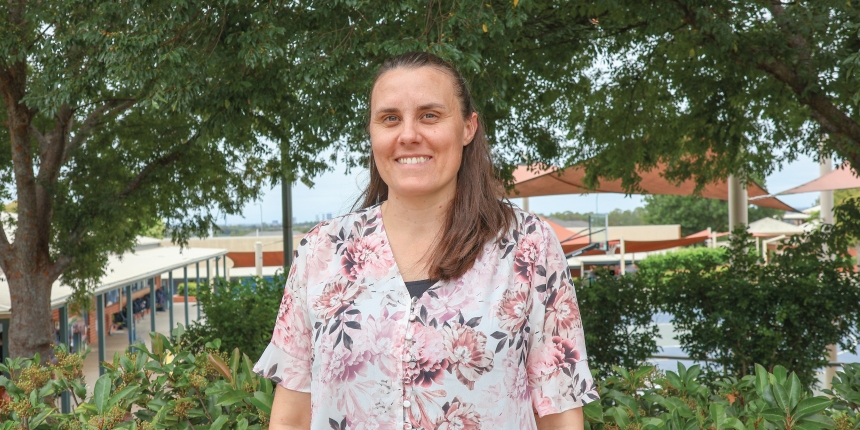The Hidden Dangers of Group Chats
Students often see group chats on social media as a convenient way to stay connected, share updates, and discuss schoolwork, including assessments. While they may seem beneficial on the surface, it is important to recognise the potential risks associated with these online spaces.

One of the biggest concerns with group chats is the potential for cyberbullying. Messages can be sent instantly, sometimes without much thought, and this can lead to misunderstandings, exclusion, or targeted harassment. Unlike face-to-face conversations, online messages can be screenshot, shared, or taken out of context, causing lasting harm. They often include images and memes that have a lasting impact on other student’s wellbeing and mental health.
Another issue is the spread of misinformation. While group chats may provide a space to discuss assignments and school-related matters, they can also be used to share incorrect information, which can impact learning and assessment preparation. In some cases, students may even be exposed to unsafe or inappropriate content that is not properly moderated.
Additionally, social media group chats often encourage excessive screen time and can create pressure to respond quickly to messages. This can lead to stress, distraction from studies, and even exposure to harmful content at times when students should be focusing on their wellbeing. For students who already have anxiety, this is even further exasperated.
To stay safe online, it is important to be mindful of the risks associated with social media group chats. If participation is necessary, students should engage with a few trusted friends, avoid sharing personal information, and report any instances of bullying or harmful content. As parents, you also play a key role in guiding students towards safer online habits and encouraging direct communication with teachers for reliable academic support.
While group chats may seem like a helpful tool, they often bring more risks than benefits. Choosing to step away from them or engaging with caution can lead to a safer and healthier online experience. I encourage you to have a conversation around how and why your child communicates in this form.


